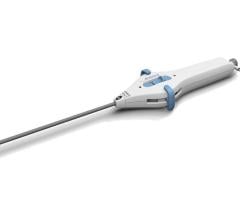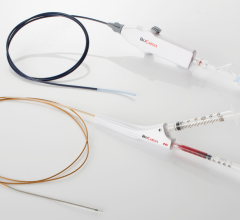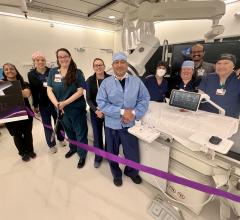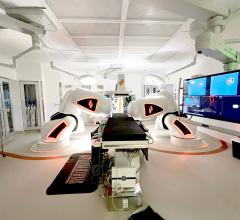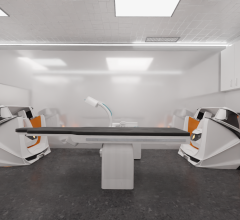
June 6, 2013 — Data presented at Heart Rhythm 2013 shows that Medtronic Inc. Lead Integrity Alert (LIA) software detected pace/sense lead issues in non-Medtronic leads at a greater rate than standard impedance monitoring alone (impedance monitoring measures the electrical continuity of a lead four times per day). The retrospective analysis, which focused on Endotak leads (Boston Scientific) and was presented by Kenneth Ellenbogen, M.D., shows that for every one Endotak pace/sense lead issue detected by impedance monitoring, the LIA software detected four cases that impedance monitoring alone missed. LIA is not currently FDA approved for use with non-Medtronic leads.
Data previously presented at the American Heart Association Scientific Sessions in 2012 showed that for every one Riata pace/sense lead (St. Jude Medical) issue detected by impedance monitoring, the LIA software detected approximately six cases that impedance monitoring alone missed.
"We've seen the effectiveness of the LIA software with Medtronic devices and leads these past four years, but physicians have been asking about its use with other manufacturers' leads," said Marshall Stanton, M.D., vice president and general manager, Implantable Defibrillator Business, Cardiac Rhythm Disease Management at Medtronic. "This analysis underscores our commitment to providing implanting physicians with the latest clinically relevant, advanced decision-making tools to benefit the health and well-being of their patients."
In the United States, approximately 17,000 Medtronic LIA-enabled implantable cardioverter defibrillators (ICDs) and cardiac resynchronization therapy defibrillators (CRT-Ds) are connected to non-Medtronic leads, as identified and monitored remotely via the Medtronic CareLink Network. This includes approximately 7,700 Endotak leads; 8,800 Riata/Durata leads from St. Jude Medical; and nearly 500 leads from other manufacturers, including Biotronik and others. Non-Medtronic lead issues identified by LIA were adjudicated by an external panel of physicians who had access to device-stored electrograms and the clinical interpretation of the treating physician.
For more information: www.medtronic.com


 April 29, 2025
April 29, 2025 


